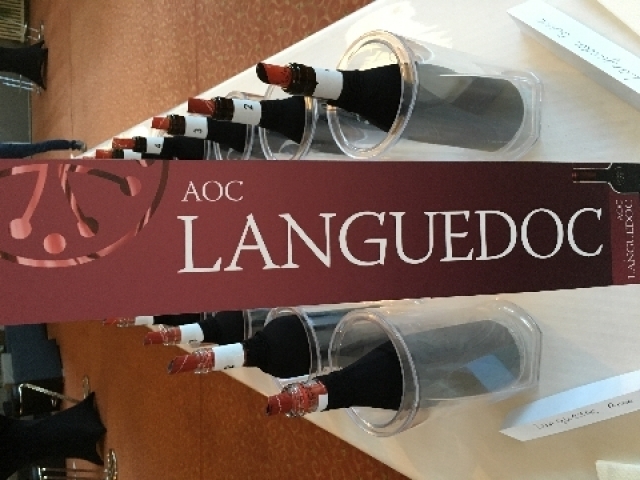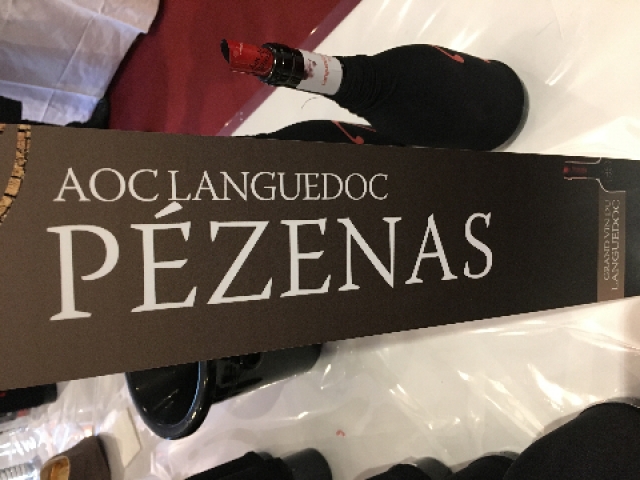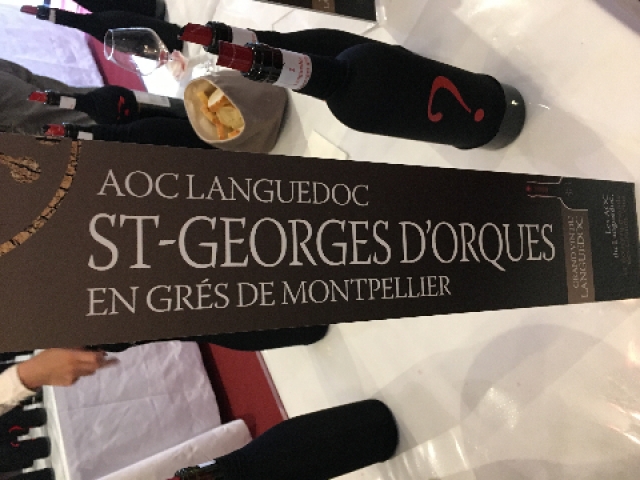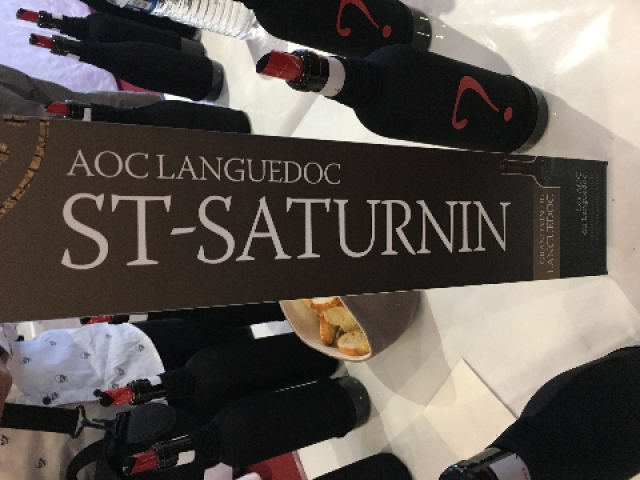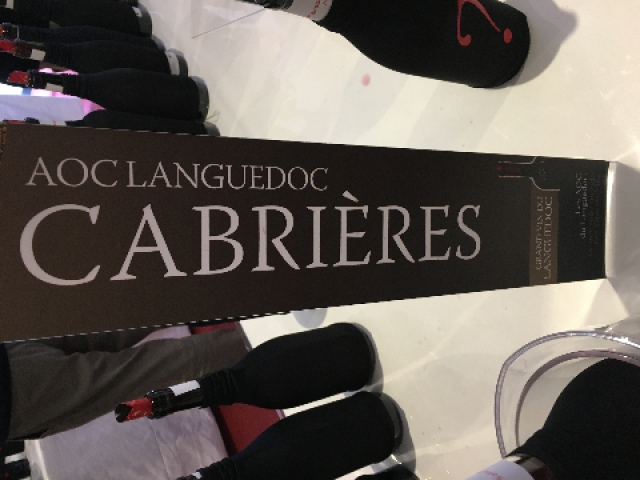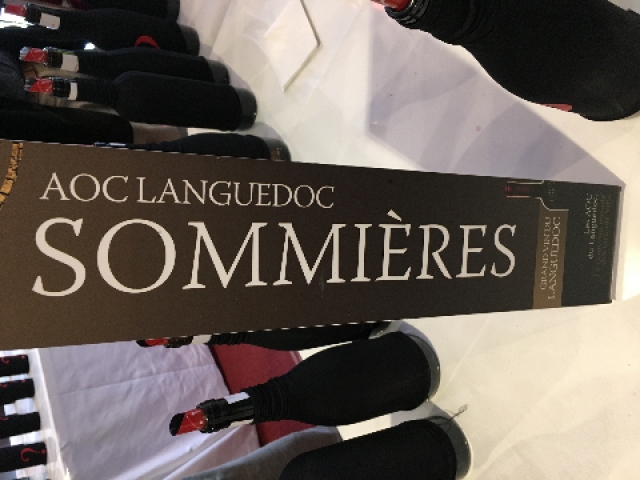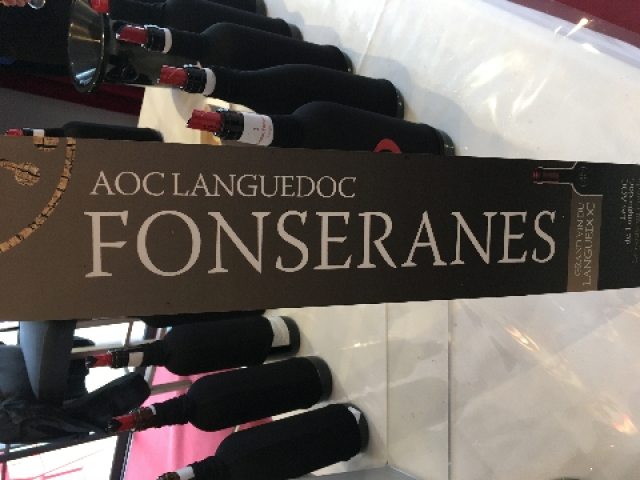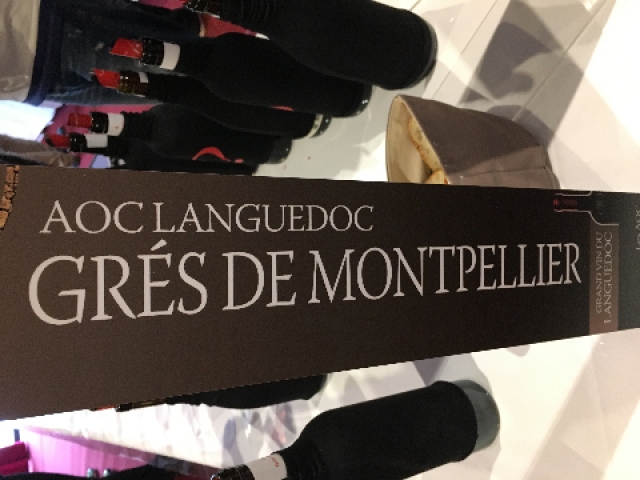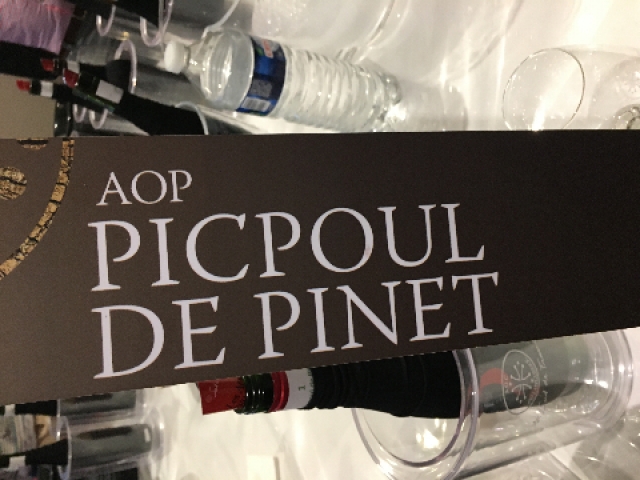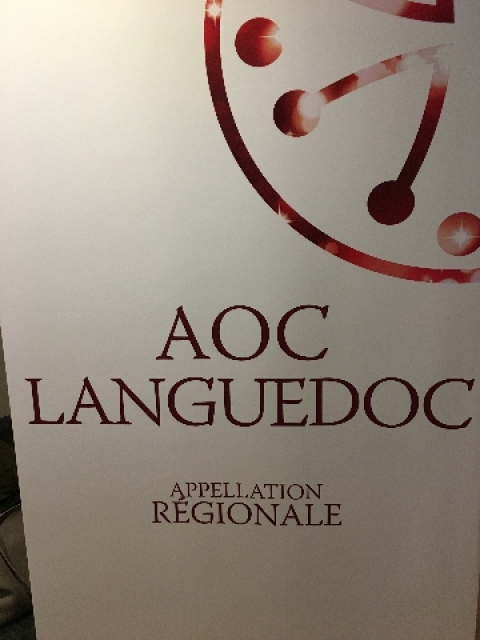Languedoc, A Land Of Diversity
Quality Wines Exist In the Region
By: Philip S. Kampe - Oct 09, 2017
I love Languedoc and its wine diversity.
Wine blends are what the huge area is all about. Many, certainly, not all, producers choose to make blends of the hundreds of grapes that thieve in the area versus producing single varietal wines. There are many times that international grapes are part of the blend.
Take the typical red blend, often for export. Grenache, Mouvedre, Carignan and Syrah are the prime suspects, while Grenache Blanc and Picpoul create the normally unoaked, acidic white wines. Sparkling, of course, has become rather famous due to the use of Cremant de Limoux and sweet wine derives its success from Muscat.
Languedoc was once known as a region that overproduced wines-when I visited the region in the late '70’s wheninexpensive jug wine was the norm. Carignan was the go-to grape due to its high yield. That has changed and now the region produces smaller yields, focusing on blends with the new ultimate regional blending grape, Grenache, second to Carignan’s historical presence.
The wines from Languedoc are now terroir driven. They have personality and character paired with experimentation from the winemakers, many young, who are the new pioneers in the industry.
Historically, Languedoc has been extremely important for centuries. The port of Sete was the link to the Atlantic for exporting barrels of wine. The Canal du Midi, possibly the most important waterway in Languedoc, gave the wines exposure by way of the ocean. Winemaking has its roots in the 1st century-historically near Montpellier, in Clermont I’Herault.
As you can see from the photos, there are numerous areas that produce wines of varying degrees of discernable quality. The level of high quality wines from Languedoc has consistently outperformed expectations.
Isn’t it time for you to experiment with the many styles of wine from this productive and affordable area?

